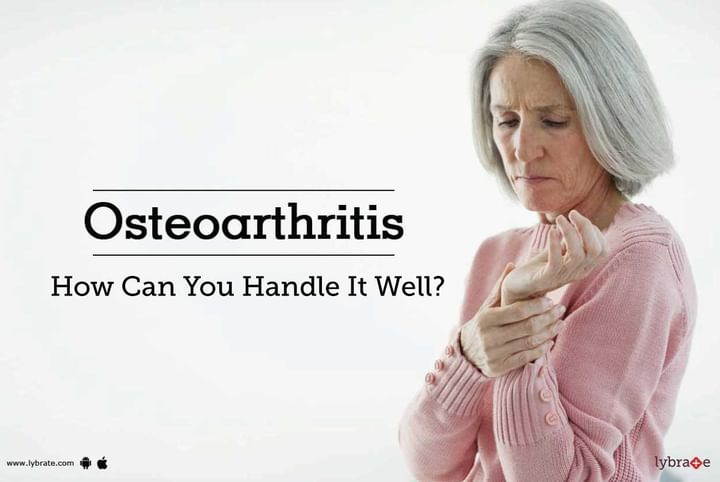Osteoarthritis - How Can You Handle It Well?
Osteoarthritis (OA) is a disease that affects the joints (Knee, Hip) in your body. Cartilage covers the joints between bones, protecting and cushioning them. OA occurs when the cartilage breaks down, causing pain, swelling, and limited mobility. Some risk factors for OA include: Heredity, Gender, Age, Overweight and Inactive Lifestyle.
Women who have gone through menopause have a higher risk of getting OA because their bodies slow down or stop producing estrogen, which helps bones grow. OA can also be inherited.There is no cure for OA, however you can manage symptoms and reduce risk factors. If you do develop OA, there are many lifestyle changes you can make to slow the course of the disease.
Jobs that involve a lot of repetitive motion can be hard on your joints:
• kneeling
• lifting
• twisting
• running
Exercise:
Low-impact exercise can improve joint health. Look for activities that include strength training and stretching in addition to aerobic exercise. Regular exercise can help slow down, or even prevent, OA. Exercise helps people by:
• maintaining healthy joints
• relieving stiffness
• reducing pain and fatigue
• increasing muscle and bone strength
Maintain a healthy weight:
Excess weight is one of the biggest risk factors of OA, as it puts extra stress on your joints, which can speed up the deterioration of joint cartilage. Overweight and obese individuals are at high risk of developing OA. Losing weight can help reduce pain and improve symptoms.
Rest:
Exercise can help people develop healthy joints and muscles, but overuse of joints can increase the risk of developing OA. The key is balance. If your joints are swollen or achy, give them a break. Try to avoid using a swollen joint for at least 12 to 24 hours. Letting an injured joint heal helps reduce the risk of developing OA there in the future.
Control blood sugar:
Diabetes may be a significant risk factor for developing osteoarthritis. High glucose levels can speed up the formation of molecules that make cartilage stiff, and diabetes can also trigger inflammation that can accelerate cartilage loss. Keeping diabetes under control and regulating your glucose levels can help prevent OA.
Although there is no cure for osteoarthritis, there are many ways to prevent it and manage its symptoms. Maintaining a healthy lifestyle with low-impact exercise, getting adequate rest and enough sleep, and maintaining a healthy diet and weight are simple ways you can reduce and manage OA symptoms so that you can live a healthy and fulfilling life.



+1.svg)
